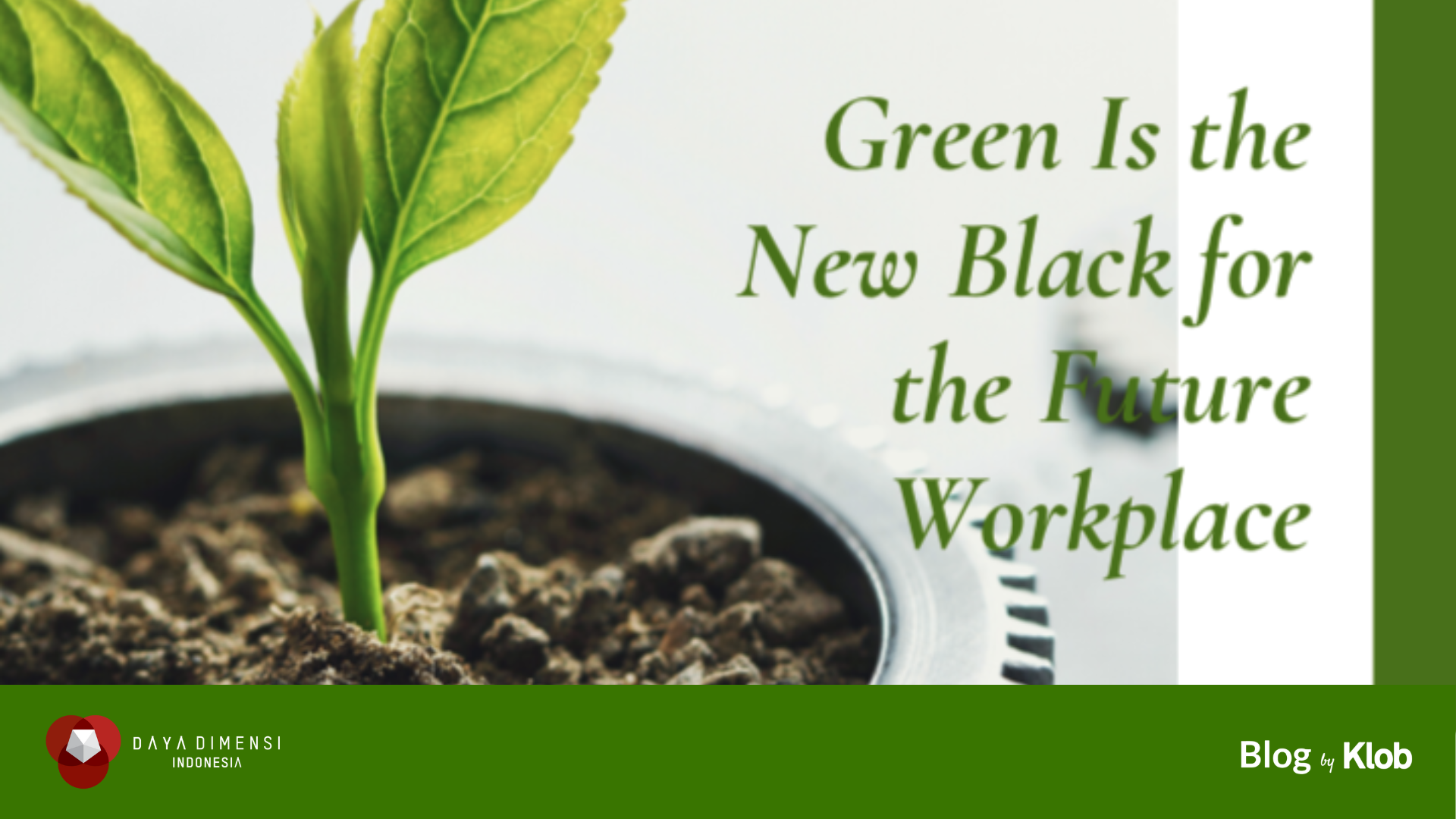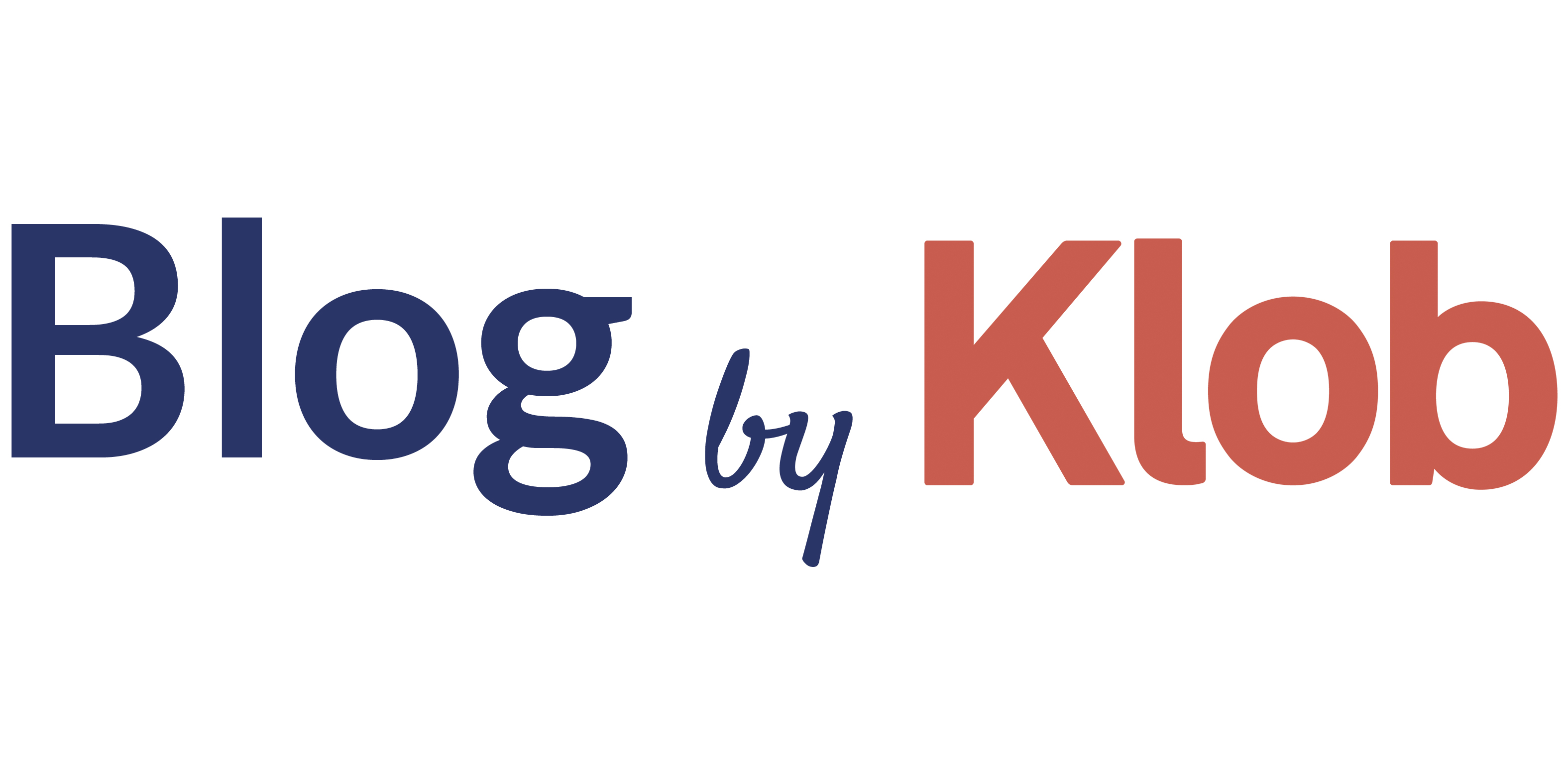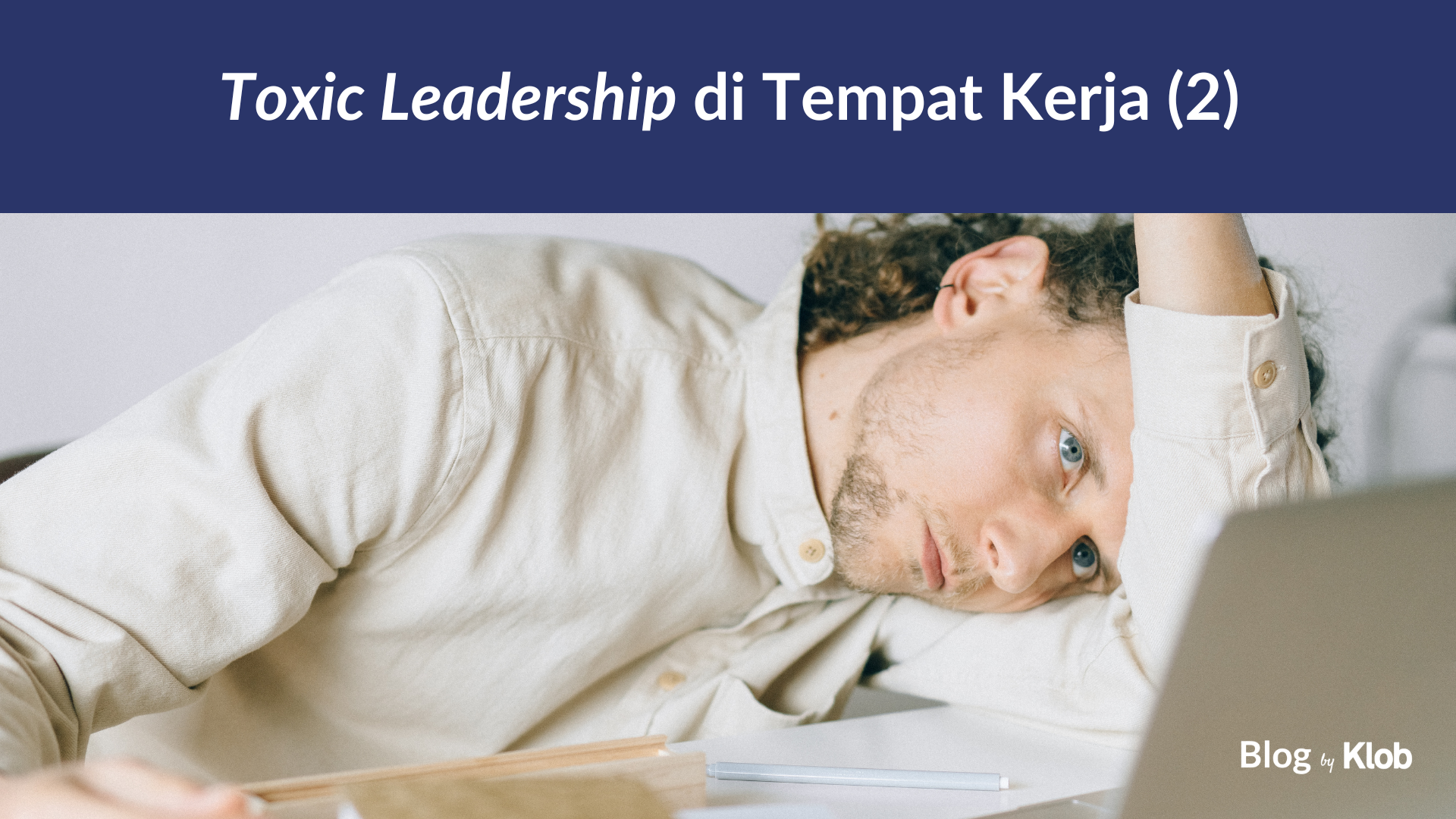
Green Is the New Black for the Future Workplace
Environmental Director of Bappenas, Medrilzam, warned on the “Green Economy Transition” webinar, that: Indonesia could lose to the tune of nearly Rp544 trillion by 2024 on account of climate change (Antara, 2022). If you glance through Google with the search keyword “Perubahan Iklim”, you will stumble upon loads of surprising facts about the consequences of climate change for Indonesia, not only on the economic level but also on our survival level. IPCC’s latest climate assessment report in August 2021 and United Nations Climate Change Conference (COP26) are also showed us the hard truth of climate change’s heavy toll as the temperatures keep rising (the world will be at least 1.5 degrees warmer by 2030), putting people at risk of heatwaves, water shortages and a range of other mess.
In response to that, the United Nations made an urgent call for action via Sustainable Development Goals (SDGs). Many organizations are already adopting the SDGs as the operating guidelines for their operation. Despite the SDGs, as a matter of fact, still a rhetorical act, there is a strong urge that this year could be the year for massive change. The Sustainability Institute mentioned that the year 2022 is set to be a critical year for climate action as political, business, and other leaders are challenged to do more and faster. On top of that, as the 2022 president of the Group of 20 (G20), Indonesia has a pivotal part in driving other G20 members to spring up with climate action. Hence, the green transition trend takes shape in the future of the workplace, often known as the “green workplace”. There have been many publications regarding forecasts of how the workplace will look in the future itself and one of the forecasts for the forthcoming workplace trends is the growth of a green workplace.
Before we jump into the green workplace wagon, what’s the deal with this trend? Will this be another new year’s resolution for the organization? How could my organization adhere to the green trend?
In this article, we are trying to capture the A-to-Z of the pathway towards sustainability within the workplace and how the organization could transform into a more green approach.
|
Sustainability is an all-encompassing strategic approach to equalizing the economic, social, and environmental impacts of actions, be it individually, in business, government, or in society at large. Being climate positive involves activities that go well beyond just achieving zero carbon emissions or being carbon negative. It’s about pioneering leadership and redesigning the way we do nearly everything (Unily, 2021). A green workplace is defined as a workplace that is environmentally sensitive, resource- efficient, and socially responsible (SHRM 2008). It is also defined as sustainable strategies in the workplace. The green workplace requires taking a holistic and integrated approach to enhancing work culture, improving the place of work, and reducing environmental impacts (Zu, 2013). |
The Employee’s Point of view of a green workplace
Green economy starts with the people behind the scenes. Research by Density (2021) showed that workplace sustainability is one of the “why” behind joining a company where the research found out 44% of employees prioritize a company’s sustainability efforts when considering a new job. Global Talent Trends Report (2020) found that 50% of employees want to work for a company with a responsible business model. The Unily 2020 Census also reported that employees nowadays are more likely to work for an organization with a strong environmental policy. Particularly for Gen Z and Millennials who 37% of Adult Gen Z and 33% of Millennials say addressing global climate change is a top concern to them personally (Pew Research Center, 2021).
In the workplace settings, Gen Z and Millennials workers want to see their organization showing their dedication to social impact initiatives, including climate change and a green workplace (Density, 2021). Mimi Ausland (25), the founder of Free the Ocean, represents the voices of millennials and other gen z “I cannot imagine a career that isn’t connected to even just being a small part of a solution,” (Guardian, 2021). More and more employees are also demanding that their organization change to the way that they take care of the impacts they make through their business activities so that the employees are aligned with their values (Unily, 2021).
We believe that comprehending today’s employees’ point of view is “the opening gambit” for organizations to metamorphose their business DNA into a green workplace to ensure that the outcomes will be beneficial at the organization and societal level.
The approach to get a hold of a green workplace
As an organization, whether its purpose is to generate profit or to improve society, needs to be concerned with three dimensions: environmental, social, and governance (ESG) rather than just focusing on literally going green. A brief explanation about ESG:
Environmental (E): What kind of impact does an organization have on the environment? It’s the environmental criteria that include the organization’s waste, energy use, pollution, etc.
Social (S): How does the company improve the social impact (both within the company and societal level)? The social criteria address your company’s reputation for fostering the people and communities where you do the business, including diversity, inclusion, and labor relations.
Governance (G): Does your organization use accurate and transparent methods to drive? It’s the internal system and procedures your organization adopted in order to govern and take effective decisions.
ESG presents a more specific and measurable for sustainability, whereby the sustainability terms can be very general and may have different aspects for different companies. ESG provides a specific set of criteria and is data-driven to generate an evaluation report of how progressive they are with sustainability to be able to actualize the green workplace.
The key objective of ESG metrics is to seize an accurate organization’s act on a given ESG issue. Only when the objective is achieved the investors will be able to use the data to hold the organization accountable for the ESG act to integrate the ESG data into their analysis and valuation (Clark, Feiner & Viehs, 2015).
How about the scoring?
ESG scores illustrate ratings by research firms that rely on multiple criteria to evaluate each ESG dimension. The score itself is typically a 0 to 100- point scale where the higher the score, the better an organization’s act toward a green workplace. Bloomberg, JUST Capital, S&P Dow Jones Indices, MSCI, and Refinitiv are a few of the most eminent ESG research firms.
How to execute our objectives
Bill Gates in his book “How to Avoid a Climate Disaster” mentioned that there are two numbers we all need to retrospect. Those are 51 billion and zero. The 51 billion belongs to the number of tons of greenhouse gasses often added to the atmosphere each year as a result of domestic activities. The latter number is the tally we need to get to by 2050 in order to avoid climate change.
There are several massive cultural shifts for businesses to draw closer to a zero number. Our circumstances, where we are in the midst of technological revolutions, could be a golden momentum to redesign the workplace into a green one. The digital transformation with artificial intelligence, machine learning, to the blockchain, when those are designed well, could be the accelerator for efficiency and productivity which leads to reducing waste and streamlining production processes. (Read our article about AI on page 34)
A further approach to achieving net-zero is adopting the Circular Economy model. A total reconstruction of how to design, produce, and deliver products from linear production processes into more well- designed closed-loop processes in which the organization could create supply chains that recover or recycle the materials used to make the product. The aim of a circular economy is to minimize waste of the whole production process from the dawn stages of material through to the final stages of the utilization of the product.
We’re globally underway toward the circular economy and it is pivotal to ensure your business is prepared for it (MIT Sloan Management Review, 2012). Although creating a circular business model can be challenging (when taking the wrong approach can be expensive for the operation) it is, indeed, very attainable. The accomplishment itself depends on a collection of factors, yet the most important thing is selecting a strategy that is in line with the organization’s capabilities and resources while putting a note on the constraints that adhere to the operation process.
Another accelerator on how to execute the objectives–net zero through a green workplace, is to put attention on generating a proactive leader. The preceding leaders may have been not putting too much focus on avoiding the environmental issues. But today’s leaders (and also future leaders) will be defined by how they can be the pioneer of the change within their organization (Unily, 2021). This new breed of leader could drive the organization to shift the rhetoric into action, which also means someone who is ensuring everything and everyone in the business lean toward the sustainable model. To be proactive, leaders need different types of skills and capabilities where they require more integrity, social and emotional intelligence skills, wide perspectives of the operation process, and have the courage to challenge the status quo (Unily, 2021).
Patagonia founder, Yvon Chouinard, is one of what we see as a proactive leader as one of his remarkable views is “Who are businesses really responsible for? Their customers? Shareholders? Employees?
We would argue that it’s none of the above. Fundamentally, businesses are responsible for their resource base. Without a healthy environment, there are no shareholders, no employees, no customers, and no business.”
Wielding our momentum where we are in the midst of mechanical and digital transformation, following a circular business model, and putting an appreciable amount of time into generating a proactive leader are the routes to move toward a sustainable workplace.
The Gain of Green workplace
Precedingly, business and sustainability were seen as two distinct pillars. It was a hard mountain to climb for the organization to meld those two. But on the brighter side, as we mentioned above, this year marks the sustainable journey for the business as increasing numbers of organizations are aware that these pillars need to walk side-by-side and transform their perception of business via a green workplace.
Speaking of the economic gain itself, Oxford University (2015) found a positive correlation between sustainability and economic profitability where 88% of companies with solid sustainability practices were found to have better operational performance and resulting cash flows than those that didn’t.
Although there are some concerns circulating about ESG investments, a variety of research finds that organizations that pay attention to ESG do not experience a drag on value creation—in fact, quite the opposite. A strong ESG proposition correlates with higher equity returns and also corresponds with a reduction in downside risk by lower loan and credit default swap spreads and higher credit ratings (McKinsey, 2019). Or in investing terms this means that investing in companies that are good before the market recognizes and prices in the goodness, has a much better chance of success (Cornell, 2020).
On the employee level, as we maneuver from Baby Boomers and Gen X being the biggest generation in the workforce to Millennials and later Gen Z, we see a significant shift towards purpose-driven when it comes to work–particularly for Gen Z as we already discussed above. BBC (2022) interviewed a young worker, Lillian Zhou–working at solar energy non-profit GRID Alternatives, to give actual illustration of the purpose-driven demand amongst Gen Z as she said “knowing that I am working for an environmentally and socially oriented organization, that I am working for something bigger than a paycheck – this is what brings me a sense of purpose.” Strong ESG commitments will win the war to gain Generation Z workers’ hearts in 2022 as they face an increasing environmental health burden (Bupa, 2022). The study also showed that the implementation of organizational responsibility for environmental and social positively influences performance because performance is supported by reputation (Kucharska & Kowalczyk, 2018). (RAK)

Netflix has a very ambitious green workplace plan called Net Zero + Nature. Meaning Netflix aims to achieve net-zero greenhouse gas emissions by the end of 2022, and every year thereafter. How does it work? Their strategy is built around three R’s: Reduce their emissions, Retain existing carbon storage, and Remove carbon from the atmosphere. For now, Netflix is using the Oxford University Principles, published in 2020, as their guide. But they will adapt their terminology as standards are developed.
Read the last article by Daya Dimensi Indonesia here.




